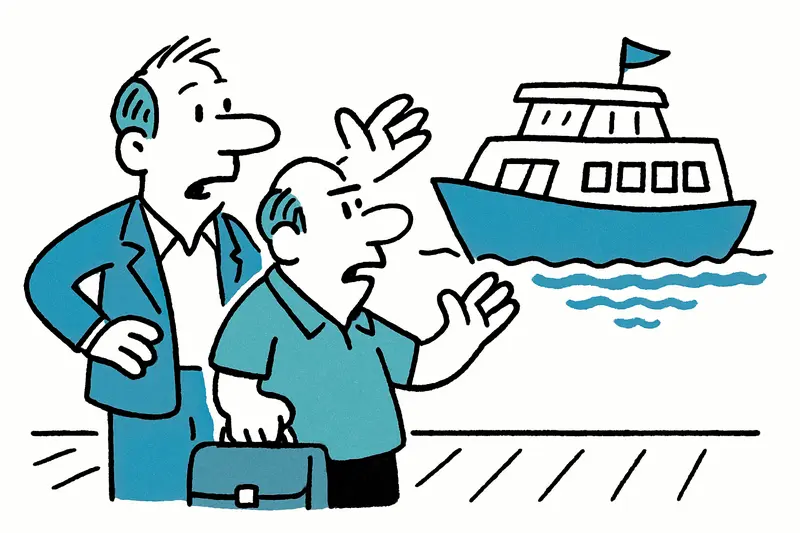From 2026 a waterbus is to connect Portixol with the cruise port. Two providers have applied — and the island is already discussing costs, environmental impact, and scheduling.
A waterbus for Palma — the idea gains momentum
The harbor smells of diesel, fresh sea air, and tourist coffee. Soon, a regular boat could run between Portixol and the cruise port to relieve the streets. Two interested parties have officially submitted applications: a large German tourism corporation and a local joint venture (UTE). The administration says it plans to start in 2026.
What are the plans?
Three routes, four boats and around one hundred seats per vessel are planned. A dense timetable is envisaged: starting early in the morning, operating daily from about 07:00 to 22:00, and on weekends even until midnight. Conversations speak of 20- to 30-minute intervals during peak times — ideal for commuters, but also convenient for visitors who want to get to the ship berths quickly.
Important for many residents: the so-called "Bus Nàutic" is intended to be more environmentally friendly than cars and buses. There is talk of electrically assisted or hybrid boats, although the final technology is still under review. The aim is to reduce engine noise and emissions in the harbor, officials say.
Who has applied — and why it matters
On one side is a large, experienced corporation with international resources. On the other is the UTE, an association of local companies familiar with marina logistics. Both options have pros and cons: a big operator might bring standardized processes and simple booking systems. A local consortium could be more flexible to island specifics and keep more jobs on the ground.
"It is important that the service is reliable, punctual and socially acceptable," says an employee of the port administration. You hear this often in cafés along the Passeig Marítim, when fishermen and taxi drivers discuss the potential impacts.
What happens next?
Now the evaluation of the applications and the technical review begin. It is about safety requirements, berths, but also fare models: Will the ticket be integrated into transport associations? Or will there be a separate pricing system? The decision is expected in the coming months; until the first waterbus is berthed, there will still be consultations and tests.
To me, this feels like a pragmatic addition to the city’s transport — if the technology is right and the prices remain fair. And if boarding early in the morning doesn’t end up stuck in traffic again, but moves quickly on the water. I will certainly take part in the first test — with a thermos of coffee in my backpack and plenty of curiosity in my view.
Similar News

Severe Weather in Mallorca: Ongoing Delays at Palma Airport Cause Frustration
Due to heavy rain and thunderstorms, there are still significant delays at Palma Airport. Travelers from Germany should ...

Northern Lights over Mallorca: When and Where You Can See the Aurora Borealis
Between October 20 and 29, the Northern Lights could be visible over Mallorca. Who wouldn’t want to go to Scandinavia? A...

Costitx: Flowers, Stones, and a Look at the Starry Sky
Small village, big personality: Costitx blends blooming streets, ancient excavations, and an observatory - a day-trip ti...

Die Zeit auf Mallorca: Warum die Uhren hier anders ticken
Auf Mallorca läuft die Uhr offiziell anders als die Sonne — ein Erbe aus den 1940er-Jahren, das bis heute unseren Alltag...

Orange Weather Warning for Mallorca: Heavy Rain and Thunderstorms Set the Week
Aemet warns: Monday and Tuesday on Mallorca are under orange alert. Heavy rain, floods, and traffic disruptions are poss...
